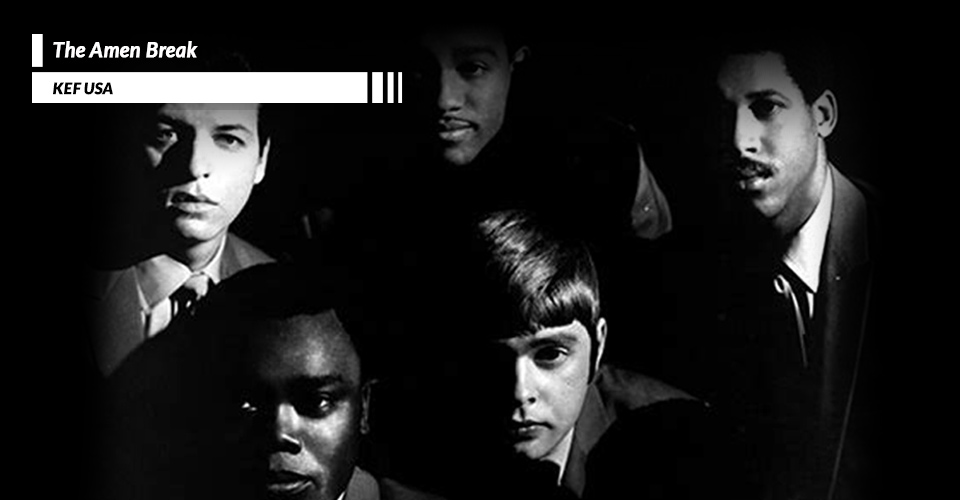
You might think that N.W.A.’s “Straight Outta Compton”, David Bowie’s “Little Wonder”, and Primal Scream’s “Slip into This House” don’t have much in common with each other. But there is one thing that ties them together: They all use the same sample. Commonly referred to as the Amen Break, this snippet of a roughly six second drum break from a song by the Winstons, made drummer Gregory Coleman an unwitting collaborator in countless pop songs, remixes, and even the Futurama theme song.
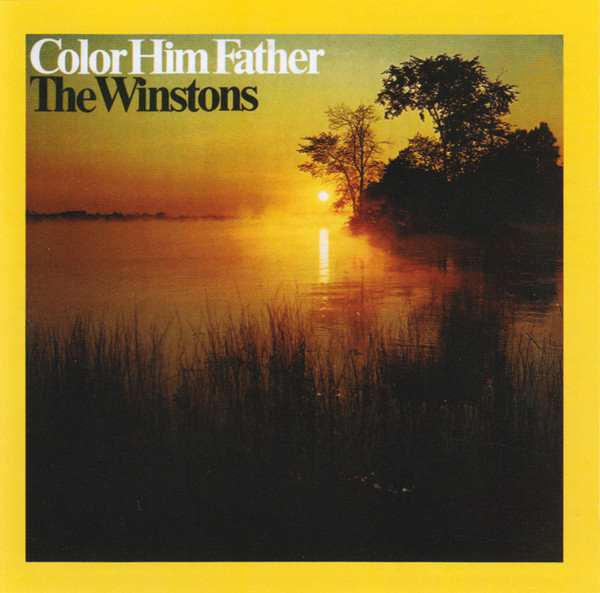
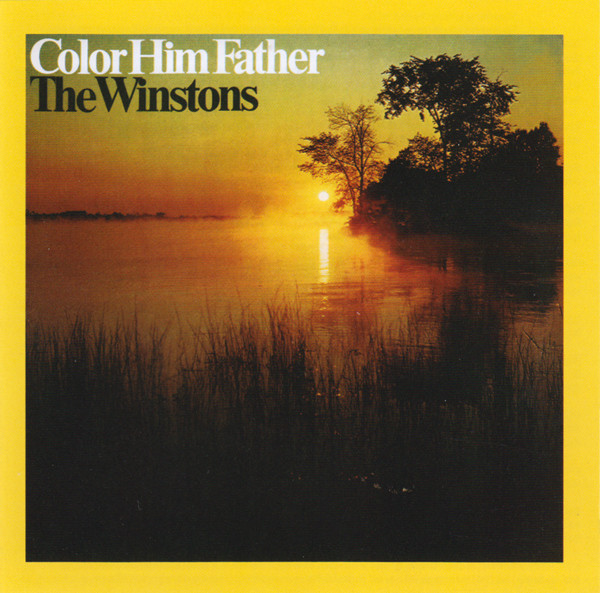
It was the Winstons’ debut single, “Color him Father” that got most of the attention upon its release in 1969. Not only was it a billboard charting hit that earned the group a Grammy, but a cover of it later that year by Linda Martell also made the country charts. Martell became the first black woman to play the Grand Ole Opry, arguably riding on the strength of that hit, and just to trace that back to the Winstons’ recording should be enough to prove the importance of their legacy. But it was the B-side to that hit, “Amen, Brother,” that ultimately had the greater impact on popular culture nearly two decades later.
A little history: In the 70s, expanding on DJ turntable techniques from disco clubs, DJ Kool Herc began incorporating what would become known as break beats into his DJ sets, riling up party crowds with drum breaks that he would loop by using two separate records. His success inspired the nascent hip hop scene as well as notable artists like Afrika Bambaataa, Grandmaster Flash, and DJ Disco Wiz. The latter, along with Casanova Fly, was most frequently credited with creating hip hop’s first mixed plate—a record consisting of beats and sound effects that became a secret weapon for local DJ battles. A few record stores began to take notice of the phenomenon as records they hadn’t been able to sell for years began to fly off shelves. Once they realized it was the funky drum breaks on specific tracks that were driving sales, savvy record label owners began making unofficial and unauthorized albums of selected songs from the most popular albums. Paul Winley was one of the first to capitalize on this with his The Super Disco Brakes compilation. Lenny Roberts was another early proponent of bootleg beats records, and when he teamed up with recording engineer Luis “Break Beat Lou” Flores the result was a compilation with much better sound quality called The Octopus Breaks.
Suddenly DJs who couldn’t get access to records with popular drum breaks had a more affordable and elegant solution. And when the first “official” compilation of the Ultimate Breaks and Beats series was released around 1986, the Amen Break appeared along with early sample staples including the Monkees‘ “Mary Mary” and Rufus Thomas’ “Do the Funky Penguin.” The version of the Amen Break that appeared on this compilation, however, was pitched down and slower than the original B-side recording.
The Amen break wasn’t exactly a go-to sample during the mid-eighties – the early Golden Age of Hip Hop – but it did show up in late 1986 on the song “I Desire” from Salt-N-Pepa’s debut album. In the fall of 1987 Salt-n-Pepa toured with N.W.A., a very raw act that hadn’t even released a proper debut record yet. A year later, in the summer of 1988 the album Straight Outta Compton arrived, gaining as much fame as it did notoriety. After Dr. Dre’s brief introduction, the album’s opening self-titled track busts out of the gates with a slowed, gritty sample of the Amen Break. You may be able to point to several previous instances of the origin of Gangsta Rap, but this is the point where the genre gets its moment and becomes truly weaved into the fabric of popular music. As aggressive and raw as it sounds, it’s the groove of the Winston’s sample that keeps you hooked.
Right around the same time the break was featured on Rob Base and DJ E-Z Rock’s wildly popular It Takes Two album, and over the next year the Amen Break was used on several songs by notable rap artists including the Ghetto Boys, Mantronix, 2 Live Crew, Kool G Rap, Heavy D, Nice and Smooth, and 3rd Bass’s “Words of Wisdom.” Not a one of these instances of the Amen Break sounds alike, and instead it began to take different forms--clipped here, sped up or slowed there —a testament to the versatility of the break and the creative applications of the DJ/producers of the time. Then around 1990, with seemingly every new single released by a pop, punk, or alternative artist now featuring a club mix version, the break began to see more consistent usage and began to be identified with a subculture of dance music. At the same time in the UK, club music would undergo a rapid evolution resulting in several different forms tied to the rave scene.
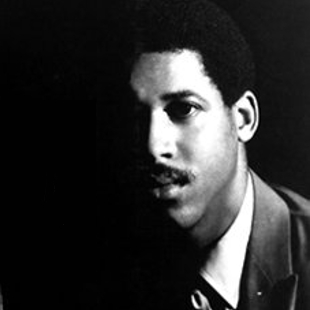
Back to 1969: When “Amen, Brother” was recorded, it was simply meant to be a funky cover of the traditional gospel song “Amen,” that had been popularized by the Impressions a few years earlier. The Winstons’ version was partially inspired by a riff that Curtis Mayfield once played for Winstons lead singer, Richard L. Spencer. According to Spencer it was recorded hastily since they needed B-side material for the single and had been stuck in the studio. The band was on edge and wanted to relax, but the song they had was too short. That’s when they turned it over to Coleman, who picked up when the rest of the band went silent and laid down the four bars that would eventually make music history.
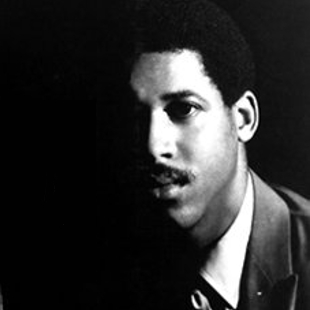
Because this particular drum break was relatively clean and consisted of bars that were distinct from each other, as sampling technology became more advanced it was more likely to get chopped and processed, until it became less of a sample and more like an instrument that could be played on a track. With the advent of digital sampling the experimentation increased, so much so that after N.W.A.’s use of the break it can often be difficult to tell if you’re hearing the original sample, or a sample of the sample. Jump forward again to the 90s, and the break began to see new life in the thriving rave scene, where its countless permutations were used as a foundation in several sub-genres, most specifically Drum & Bass and Jungle. This is where the use cases of the Amen Break explode into the thousands. One of the first and most notable Jungle tracks that features the sample is “We Are I.E.” by Lennie De Ice, a song that mixes the high energy of the sped up Amen Break with a ragga bassline.
As cool as it is to trace the history of the Amen Break and to see just how fundamental it was in shaping popular music, it is unfortunate that the Winstons, and Gregory Coleman in particular, weren’t making any money from the sampling of their song. The statute of limitations for copyright infringement cases is only three years in the US, and Spencer and his bandmates seemed unaware of their song’s usage until 1996 when he was contacted by a British record label to acquire the master tapes. Coleman passed away in 2006. In 2015, British DJs Martyn Webster and Steve Theobald set up a crowdfunding site aiming to help provide some funding and were able to get Spencer’s estate £24,000.
You can have a great time checking out lists of songs that sampled the Amen Break and you might be surprised to hear just how varied they can be. But be forewarned—careful listening will make you start to hear it everywhere, so don’t be surprised to find out that a song you’ve loved for years is using the sample too.



